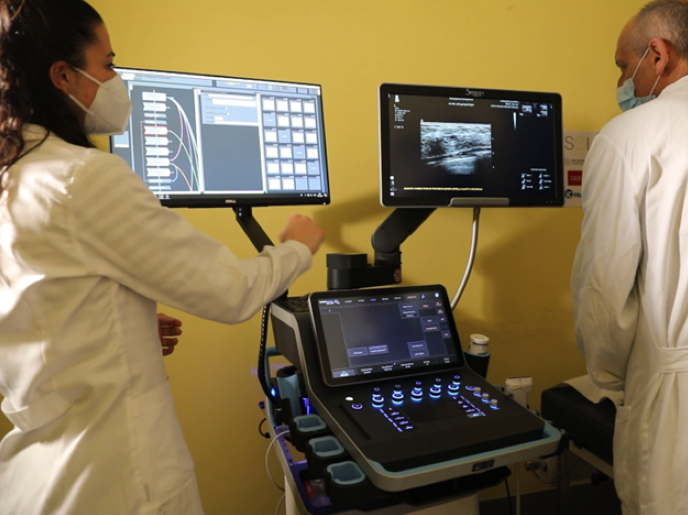Catching up with SOLUS: A new diagnostic approach for breast cancer
Breast cancer diagnosis is an area that is constantly evolving, with new innovations emerging to improve patient outcomes. The EU-funded SOLUS project is one such innovative initiative working to revolutionise breast cancer diagnosis by offering a non-invasive biopsy-free solution. The project has achieved significant milestones in the development of a fully operative system for multimodal imaging, which is currently being validated in clinics. By developing this fully operative system for multimodal imaging, SOLUS made substantial progress towards achieving its goal. Its innovative approach has the potential to eliminate the need for invasive biopsies, providing a less traumatic and more patient-friendly diagnostic solution. SOLUS also developed a very compact device that could be the starting point for wearable devices that can monitor important diagnostic and tissue parameters, such as blood parameters and tissue composition. Initial results from one trial with 24 women based on the information obtained from tissue composition found the system has 91 % sensitivity and 75 % specificity. Obtaining information also from B-mode ultrasound on morphology and shear wave elastography on stiffness will hopefully improve the diagnostic efficiency. However, since the clinical validation is still ongoing, the project’s impact on breast cancer diagnosis is yet to be fully determined. “So we can’t claim any impact on breast cancer diagnosis yet,” said Paola Taroni, SOLUS project coordinator. “If we prove to be successful, the proposed approach will reduce the huge number of breast biopsies, currently performed after a false positive mammogram. That will be beneficial for the patients, sparing them needless invasive examination, and also for the healthcare systems, sparing money.” What is certain is that the assistance from EU funding played a significant role in project breakthroughs. “The EU dimension allowed the project to gather excellence from different fields, including applied physics and photonics, electronics, tomographic reconstruction and breast cancer imaging,” said Taroni. “This approach has allowed the project to combine actors from academia, research centres and SMEs with different approaches to research, leading to an effective balance that has facilitated the project’s success.”
Keywords
SOLUS, breast cancer, screening, multimodal imaging, breast biopsies, cancer diagnosis



